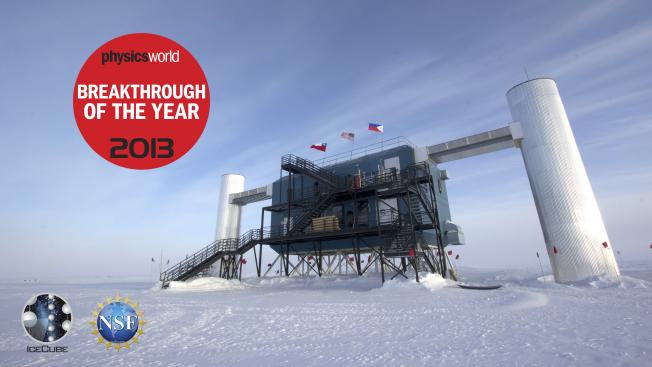Cosmogenic photons as a test of ultra-high energy cosmic ray composition
ArXiv 1007.1306 (2010)
Abstract:
Although recent measurements of the shower profiles of ultra-high energy cosmic rays suggest that they are largely initiated by heavy nuclei, such conclusions rely on hadronic interaction models which have large uncertainties. We investigate an alternative test of cosmic ray composition which is based on the observation of ultra-high energy photons produced through cosmic ray interactions with diffuse low energy photon backgrounds during intergalactic propagation. We show that if the ultra-high energy cosmic rays are dominated by heavy nuclei, the flux of these photons is suppressed by approximately an order of magnitude relative to the proton-dominated case. Future observations by the Pierre Auger Observatory may be able to use this observable to constrain the composition of the primaries, thus providing an important cross-check of hadronic interaction models.Cosmogenic photons as a test of ultra-high energy cosmic ray composition
(2010)
Asymmetric dark matter and the sun.
Phys Rev Lett 105:1 (2010) 011301
Abstract:
Cold dark matter particles with an intrinsic matter-antimatter asymmetry do not annihilate after gravitational capture by the Sun and can affect its interior structure. The rate of capture is exponentially enhanced when such particles have self-interactions of the right order to explain structure formation on galactic scales. A "dark baryon" of mass 5 GeV is a natural candidate and has the required relic abundance if its asymmetry is similar to that of ordinary baryons. We show that such particles can solve the "solar composition problem." The predicted small decrease in the low energy neutrino fluxes may be measurable by the Borexino and SNO+ experiments.GZK Neutrinos after the Fermi-LAT Diffuse Photon Flux Measurement
ArXiv 1005.262 (2010)



